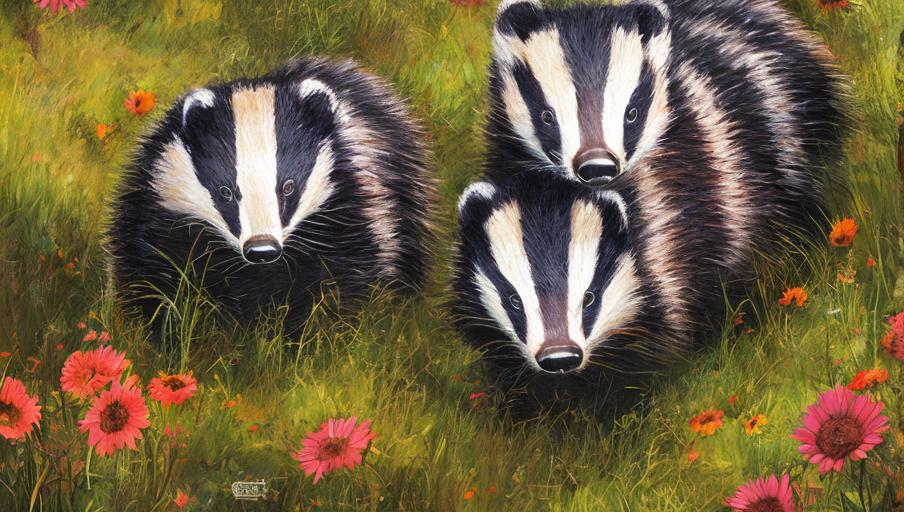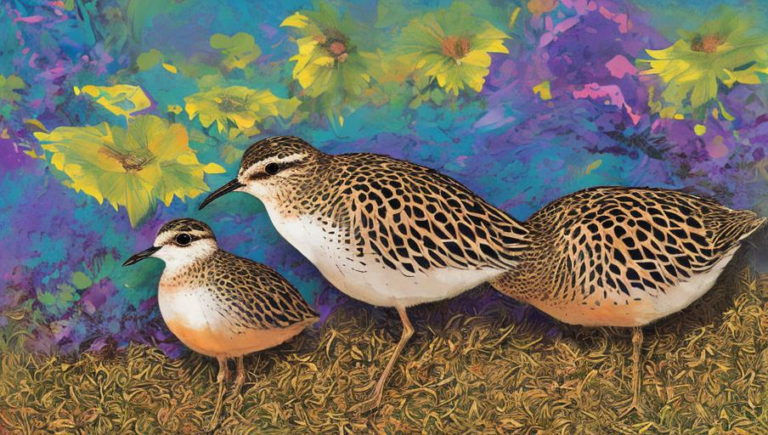Fostering a Healthy Environment for Badgers

Badgers: A Look at Their Lives
Badgers are fascinating creatures that dwell in many different habitats around the world. Belonging to the family Mustelidae, along with weasels, ferrets, and otters, badgers have a wide range of diets and behaviors. They live in burrows, and will often dig large tunnels to move between areas. They are also highly adaptable, and can inhabit different habitats, from grasslands to forests.
Badgers are omnivores, and their diets consist primarily of small animals and insects, roots, nuts, and fruits. They are also known to eat carrion, which makes them beneficial scavengers. Badgers are generally solitary creatures, but they do form social groups in order to defend their territories. Badgers are also incredibly strong, and can dig through thick layers of soil with ease.
Threats to Badgers
Unfortunately, the natural habitats of badgers are shrinking due to human activity. Badgers can be affected by development, pollution, and hunting or trapping. In some areas, badgers are considered pests and are killed for their fur or to protect livestock. As a result, their populations have been greatly reduced in many areas.
Climate change is also a major threat to badgers, as it has caused an increase in droughts and other extreme weather events. This has caused a decline in the availability of food and water sources, making it difficult for badgers to survive in certain areas. In addition, habitat loss due to deforestation and other human activities has impacted badger populations.
Protecting Badger Habitats
The good news is that there are many ways to protect badger habitats. Governments, conservationists, and local communities can work together to create protected areas and set up badger reserves. This gives badgers the space they need to live without the threat of human activity. Additionally, laws can be put in place to protect badgers from hunting and trapping, and educational programs can be created to teach people about the importance of preserving badger habitats.
In addition to these efforts, individuals can also take action to protect badgers. Planting native plants in your backyard can provide food sources for badgers, and leaving logs or deadwood in your yard can provide them with shelter. Taking care not to disturb badger habitats when out in nature can also help to keep badgers safe. Finally, supporting organizations and initiatives that are dedicated to protecting badger habitats is important for ensuring the long-term survival of these fascinating creatures.
Conclusion
Badgers are a vital part of the world’s ecosystems, and it is important to protect their habitats. Taking action to protect badgers, whether it be through legislation, education, or individual efforts, can ensure that these creatures are able to thrive and continue to be a part of our natural world.





